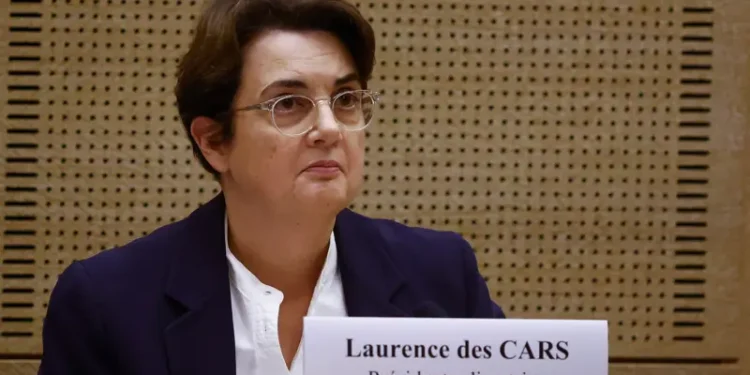Investing in artists, whether through purchasing their works, supporting their projects, or engaging with them in other ways, has yielded financial returns and contribute to the cultural landscape.
The world of art has long been considered a realm of creativity, passion, and expression. However, it has also emerged as a viable investment opportunity in recent years.
Renowned Ghanaian highlife musician, Kwabena Kwabena, has opened up about the challenges artists face in the industry, particularly the lack of investment and support.
The celebrated artist emphasized the need for individuals and corporate bodies to invest in the creative arts, noting that talent alone is insufficient to thrive.
“Another challenge is investment into our business. The investment is not there. We are appealing to individuals and corporate bodies. If an artist reaches out to you, it’s because this is all we have. God gave us this talent to thrive with it and to come into your homes.”
Kwabena Kwabena
Investing in artists is not just about financial gain; it also involves supporting creativity and cultural expression.
Collectors often find that owning a piece of art enhances their lives, provides emotional satisfaction, and contributes to their identity.
This intrinsic value sometimes outweighs the financial aspect, making art investment a fulfilling endeavor.
The most straightforward way of investing in artists is by purchasing their artwork. This involves buying paintings, sculptures, photographs, or mixed media pieces.
When investing in artists, the artist’s track record, their market presence, and the uniqueness of the piece must be considered. Emerging artists offer lower prices, presenting an opportunity for significant appreciation.
Art funds are investment vehicles that pool money from multiple investors to purchase art. These funds are managed by professionals who have expertise in the art market.
Investing in art funds allows individuals to gain exposure to a diversified portfolio of artworks without the need for extensive knowledge or the responsibility of managing the collection.
Investing in emerging artists is particularly lucrative. By supporting their projects through platforms like Kickstarter or Patreon, investors help artists gain visibility and credibility.
As the artist’s career develops, early supporters benefit from the appreciation of the artist’s work.
Investors also engage with artists through collaborations or commissioned works. This approach not only supports the artist financially but also leads to unique pieces that appreciate over time.
Risks of Investing in Artists

While investing in artists is lucrative, it is not without risks.
The art market is volatile and is influenced by trends, economic conditions, and cultural shifts. What is popular today does not hold the same value tomorrow.
Investors should be prepared for fluctuations in value and should not rely solely on art as their primary investment strategy.
Unlike stocks or bonds, art is not a liquid asset. Selling a piece takes time, and finding the right buyer is challenging.
Investors should be prepared for the possibility that they need to hold onto their investment for an extended period.
Addressing the perception that investing in artists may not yield returns, Kwabena Kwabena explained that sponsorship offers mutual benefits.
“There’s something called sponsorship. The moment you put your weight behind any artist, there’s an opportunity for visibility for your business. If the artists are good and thriving, associating yourself with them will help you recoup your returns.”
Kwabena Kwabena
With over 20 years of experience in the music industry, Kwabena Kwabena attested to the lucrative nature of the business.
“This business has made me who I am and has taken care of everything I do. It is a great business, but we just have to know how to go about things.”
Kwabena Kwabena
Investors develop an emotional attachment to the art they purchase, making it challenging to view their investment objectively. This leads to difficulties in making rational decisions about selling or holding onto a piece.
Investing in artists presents a unique opportunity for those looking to diversify their portfolios while supporting creativity and culture.
With the potential for significant appreciation, emotional satisfaction, and the chance to be part of an artist’s journey, investing in art is both lucrative and fulfilling.
However, it is essential to approach this investment strategy with caution, conducting thorough research and being aware of the inherent risks involved.
As the art market continues to evolve, those who invest wisely find themselves not only with valuable assets but also with a deeper appreciation for the power of art in society.























